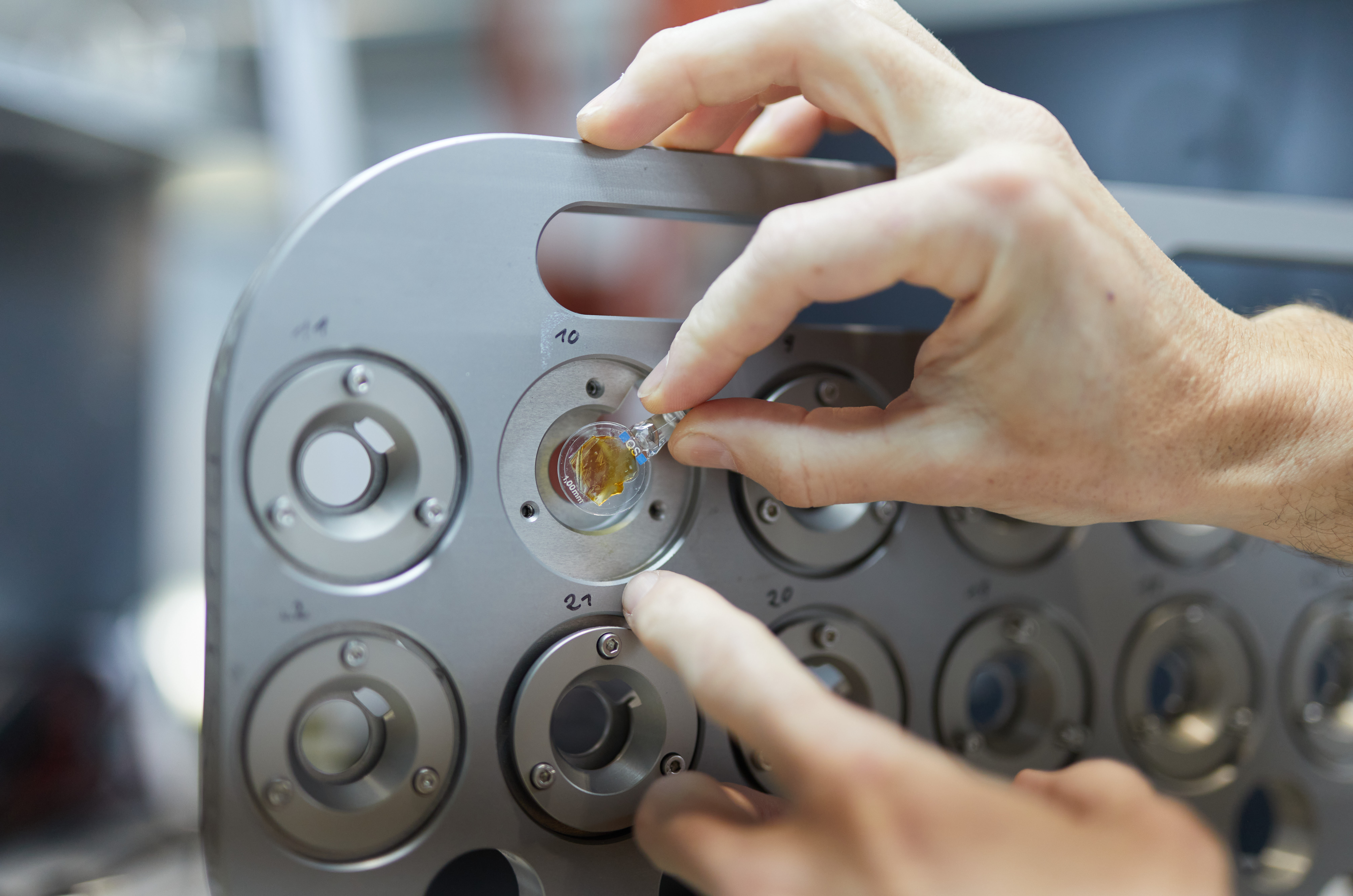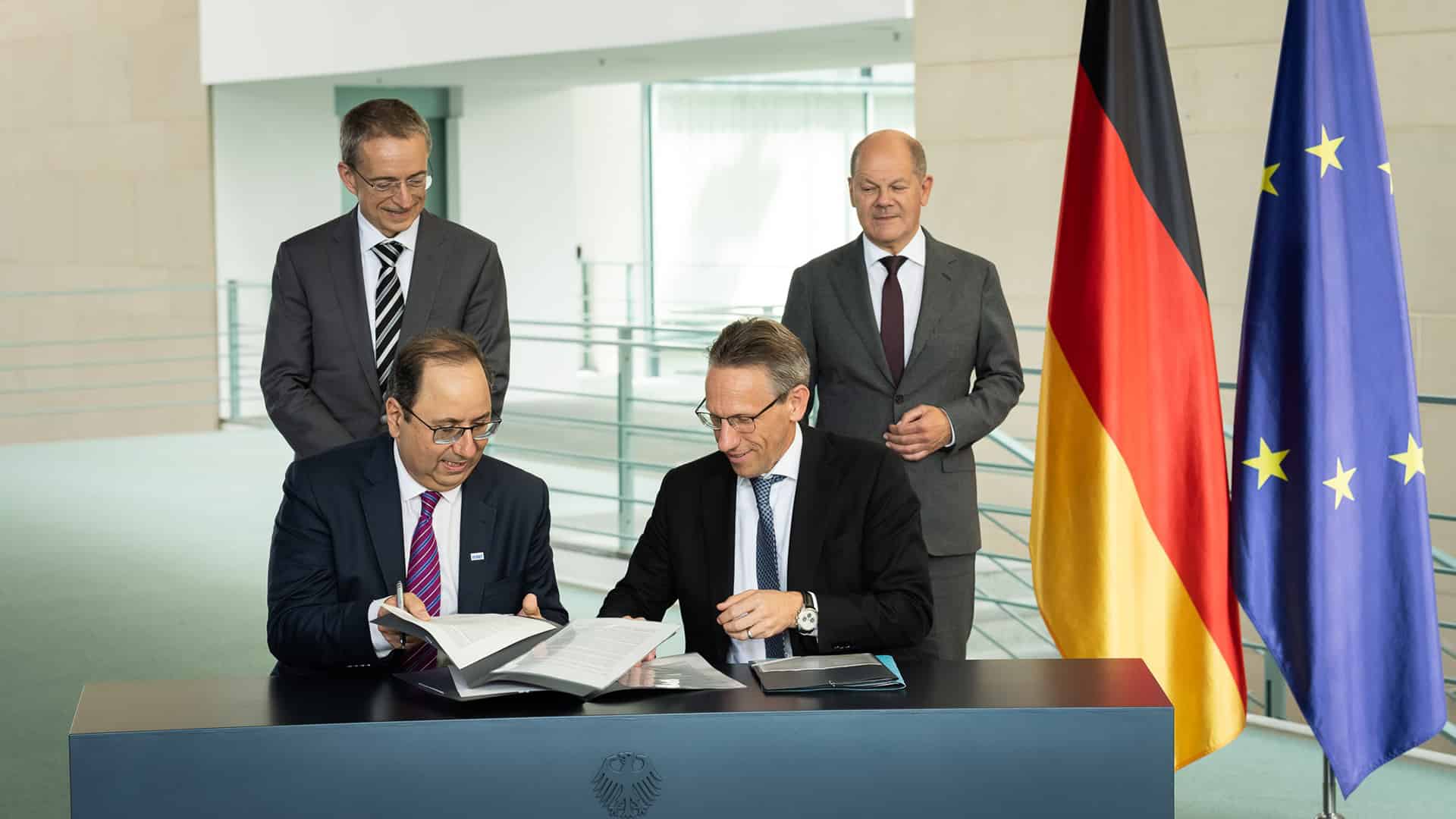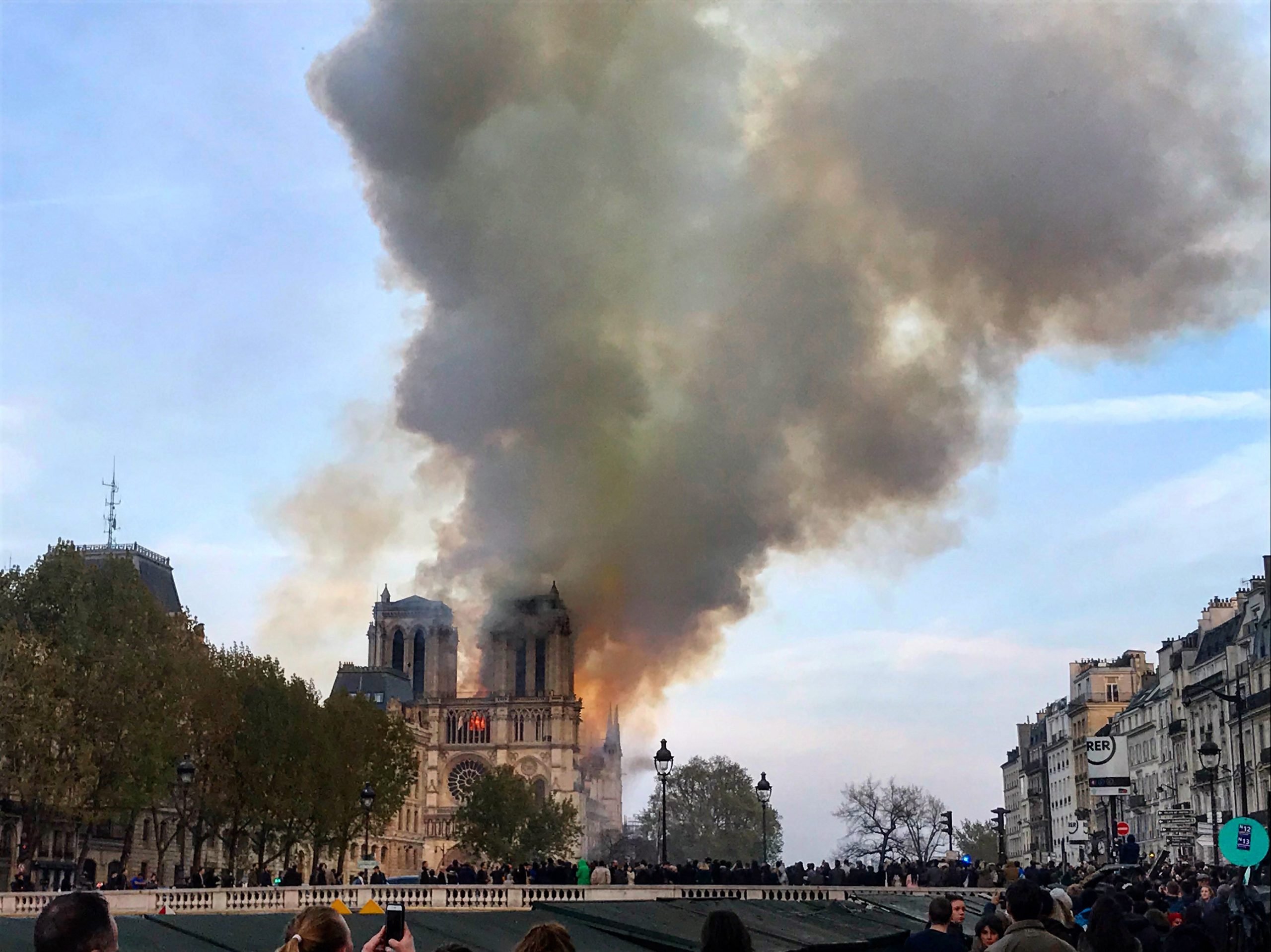
On April 15, 2019, the famous Notre Dame Cathedral in Paris went up in flames and was partially destroyed. Since then, various protective measures have been taken. As part of the reconstruction, the Otto-Friedrich-University of Bamberg, the French research institute “Centre National de la Recherche Scientifique” (CNRS) and the French Ministry of Culture have signed an agreement on the involvement of the Bamberg Art History Department in the “Chantier Notre-Dame” initiative. This initiative is set to coordinate the exchange of existing expertise and new findings in ten workgroups, thereby creating a scientific basis for the reconstruction of the cathedral.“
The Bamberg art historian Prof. Dr. Stephan Albrecht from the Institute of Archaeology, Heritage Sciences and Art History (IADK) at the University of Bamberg is a member of the three ” Digital Data”, “Wood” and “Stone” workgroups. He had already provided the initiative with data that had just been collected shortly before the fire.
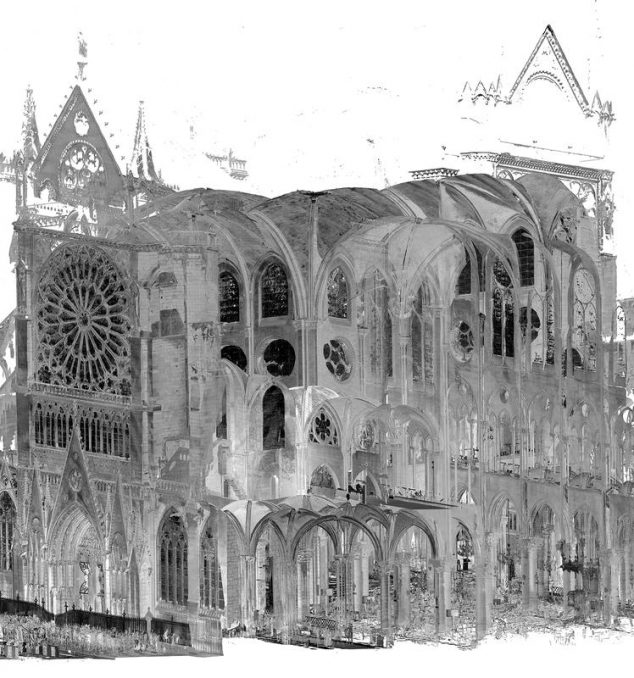
Latest data collected shortly before the fire
Albrecht and his colleagues Dr. Stefan Breitling and Dr. Rainer Drewello have carried out intensive research on the cathedral as part of various projects over the past 20 years. Between 2015 and 2018, the scientists have examined the cathedral’s transept in particular, which was severely damaged by the fire. The scientists studied it from both the inside and the outside. They measured it using 3D scanning techniques during the “Medieval portals as places of transformation” research project.
In addition, the members of the “Chantier Notre-Dame” initiative can also draw on Albrecht’s color analyses of the north and south portals, which were then analyzed by the restoration specialists. On the basis of these colour analyses they can trace the paintings made at several different times. “It goes without saying that we will also provide access to all the available data in Bamberg,” Albrecht says. He holds the chair of art history, with a focus on medieval art history. “The photographs of the interior and exterior of the transept have proven to be especially valuable.”
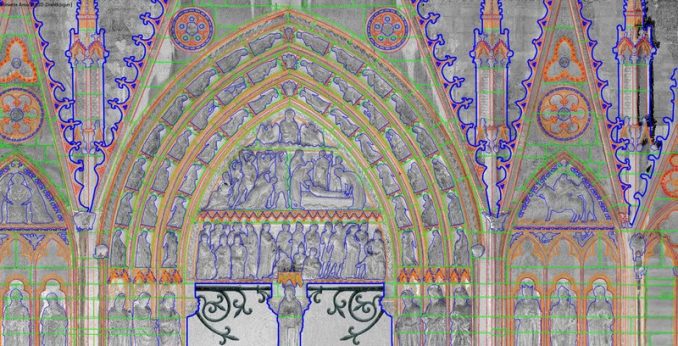
21st century input
If the facades were to be be remeasured now and compared with the latest data, it would be possible to see quite clearly where the deformations are. Albrecht explains that you would, however, have to check how badly the masonry was affected. For example, to what extent the iron brackets in the stones had expanded.
What worries the restaurateurs and art historians, however, is the timetable that French President Emmanuel Macron has in mind. He had announced that he wanted to restore the Parisian landmark within just five years. In doing so, he said, the care taken in the preservation of historical monuments could fall by the wayside. “I hope that there will be enough time for the reconstruction. That they will endeavor to preserve as much of the original as possible. And add only what is absolutely necessary – as a contribution to the 21st century,” Albrecht emphasized. The 3D model will be presented this January in Paris.


